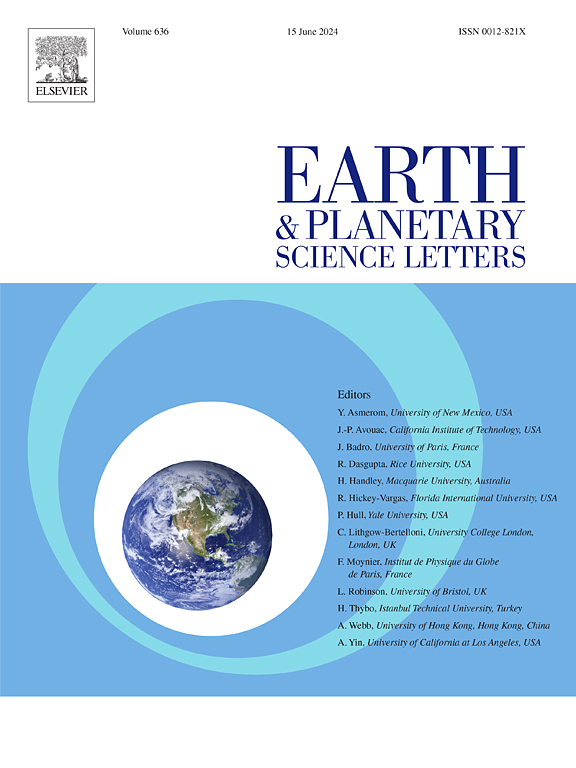Zirconium isotope evidence for crystal-melt segregation during high-silica granitic magma differentiation
IF 4.8
1区 地球科学
Q1 GEOCHEMISTRY & GEOPHYSICS
引用次数: 0
Abstract
Magma differentiation plays a crucial role in the chemical evolution of Earth's continental crust, with high-silica granites representing the product of extensive felsic magma differentiation. However, diagnostic evidence for crystal-melt segregation in felsic systems remains limited. This study investigates the potential of stable Zr isotopic composition as a novel tracer for high-silica magma differentiation processes, focusing on the Qitianling batholith and Yaogangxian pluton in the Nanling Range, South China, an area renowned for its large-scale distribution of high-silica granites (>70 wt.% SiO2). We present comprehensive analyses of both bulk-rock and in-situ zircon Zr isotopic compositions, integrated with zircon U-Pb-Hf isotopic and trace element data. Zircon Zr isotopic compositions show systematic correlations with zircon Hf contents and Zr/Hf ratios, demonstrating that Zr isotopic fractionation during zircon crystallization is driven by the preferential incorporation of light Zr isotopes in zircon. This relationship is further supported by correlations between bulk-rock δ94/90ZrIPGP values and Zr contents and Zr/Hf ratios, which indicate progressive zircon separation from residual melts during magmatic differentiation. As a result, highly fractionated granites display significant heavy Zr isotope enrichments, characterized by elevated δ94/90ZrIPGP values in both bulk rocks (0.48 ‰ to 1.05 ‰) and zircons (up to 2.39 ‰). In contrast, common granites with insignificant zircon-melt segregation display primitive bulk-rock Zr isotopic compositions (0.04 ‰ to 0.27 ‰) similar to the upper continental crust. These results indicate that effective physical crystal-melt segregation leads to a remarkable elevation in the bulk-rock and zircon δ94/90ZrIPGP values of highly fractionated granites compared to those of common granites. Geochemical modeling suggests that >60 % segregation of zircon is required to account for the heavy Zr isotopic compositions in highly evolved granites. Furthermore, the high Zr isotopic values in zircon correlate with enriched U, W, Sn, and other incompatible elements, implying that Zr isotopic composition could serve as an indicator for mineralization potential associated with felsic magma differentiation.
求助全文
约1分钟内获得全文
求助全文
来源期刊

Earth and Planetary Science Letters
地学-地球化学与地球物理
CiteScore
10.30
自引率
5.70%
发文量
475
审稿时长
2.8 months
期刊介绍:
Earth and Planetary Science Letters (EPSL) is a leading journal for researchers across the entire Earth and planetary sciences community. It publishes concise, exciting, high-impact articles ("Letters") of broad interest. Its focus is on physical and chemical processes, the evolution and general properties of the Earth and planets - from their deep interiors to their atmospheres. EPSL also includes a Frontiers section, featuring invited high-profile synthesis articles by leading experts on timely topics to bring cutting-edge research to the wider community.
 求助内容:
求助内容: 应助结果提醒方式:
应助结果提醒方式:


